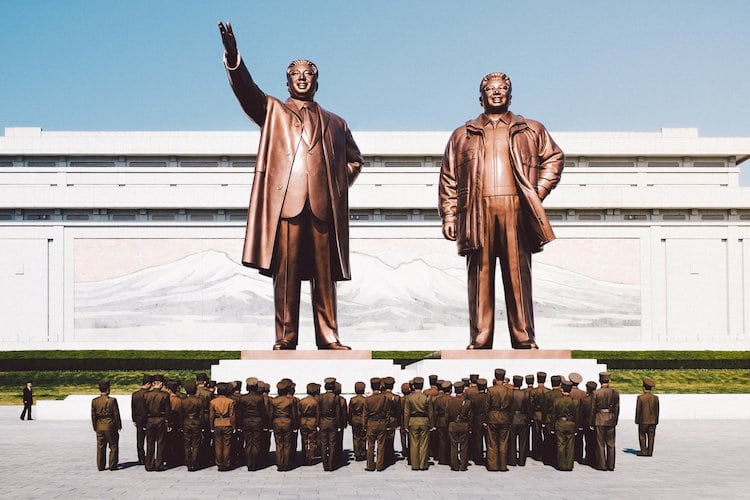
As GQ Australia’s writer-at-large, freelance photographer Adam Baidawi has interviewed celebrities like David Beckham and Chris Hemsworth, but beyond these glossy headlines he also delves into long-form reporting. Recently, Baidawi spent a week undercover in North Korea, coming home with a rich photo report about the isolated country.
In its isolation, North Korea has cultivated a fascination about daily life under Kim Jong-un. Whether reading bizarre facts about life inside North Korea or hearing horror stories of tourists who have been held inside the country, there’s a hunger for information about what actually goes on inside this “hermit kingdom.”
During his week in North Korea, Baidawi traveled to Pyongyang, as well as smaller rural towns and the southern border where North Korea meets South Korea. His pictures of North Korea show the carefully orchestrated trips that tourists must follow, complete with magnificent cultural displays. However before these performances, there is a loneliness captured in the monumental architecture, as society moves within this monolithic spaces. Airport lounges are empty, with only two flights on the departures board—a chilling sign of North Korea’s isolation.
We had a chance to speak with Baidawi about his time in the country and how he was able to capture his North Korea photos. Read on for the full interview.
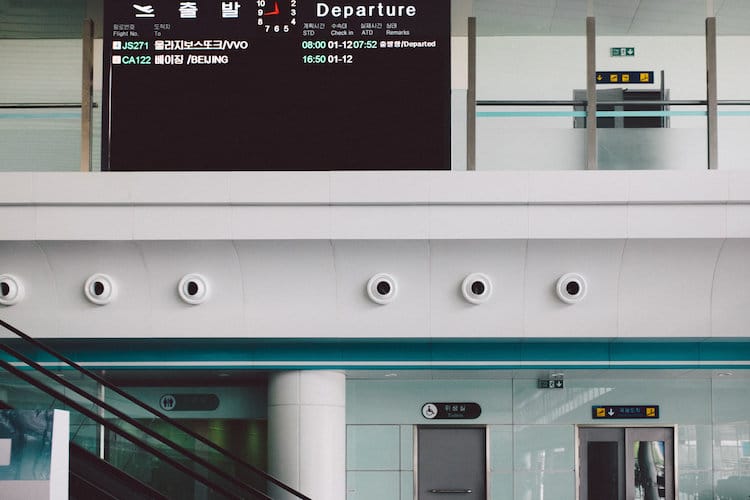 How did the trip come about?
How did the trip come about?
I worked for three years, on and off, to make this story happen. While (almost) anyone can travel to North Korea, journalists and professional photographers are only permitted on infrequent, state-sanctioned visits. Naturally, I had little interest in being heavily monitored. As an independent freelancer, I worked with a foreign tour company and group of visa experts to ensure I could get safely in – and out.
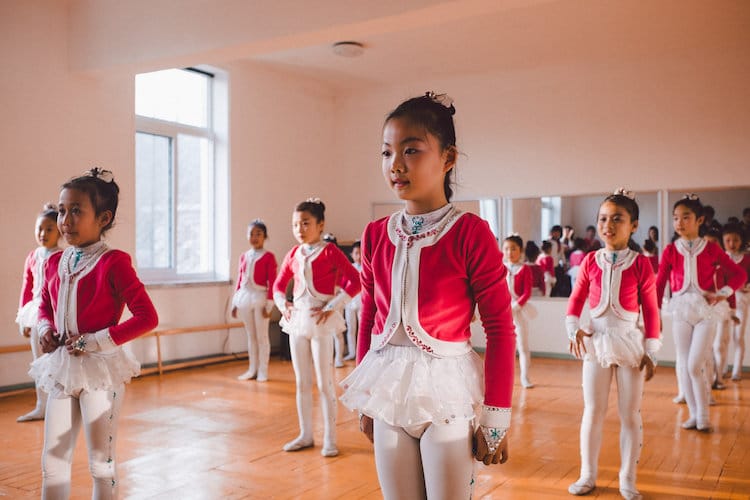
 Before you went, what were you hoping to be able to photograph? Were you successful? Why or why not?
Before you went, what were you hoping to be able to photograph? Were you successful? Why or why not?
When it comes to reclusive, antagonistic states, we have a natural tendency to question the authenticity of any image that emerges from it. I had little doubt that we’d be presented with the most glossy, cosmopolitan and immaculate stage show the tourism ministry could conjure. My goal was to capture the glimmers of authenticity that would inevitably peek their way through. I hope I succeeded. That’s for the reader’s eye to judge.
You mentioned noticing carefully staged visits versus a more genuine experience in the countryside. Can you tell us more about that?
Away from the Disneyland-like machine that is the capital, things get a little messier. Those in-between moments that I’d been looking for—the petulant school children and tired farmers and shy, reclusive locals—emerged a little more.
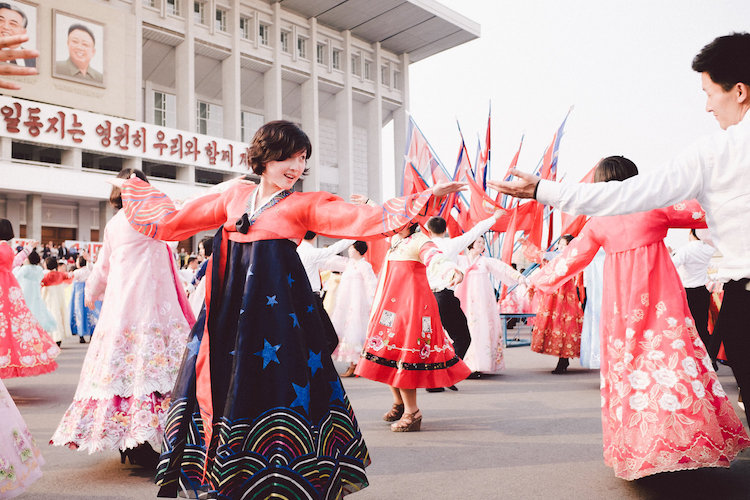
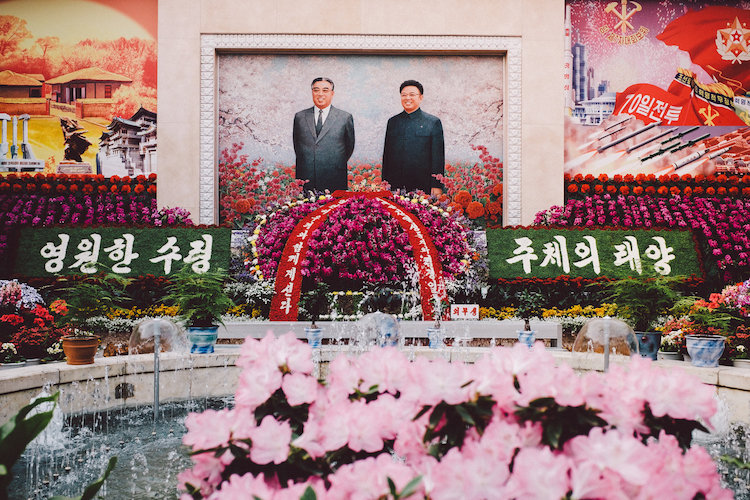 Can you share a bit about your tour group and how it was structured?
Can you share a bit about your tour group and how it was structured?
As a tourist, there’s absolutely no way to be alone in North Korea. You’re required to stay in a tourist-only hotel, wholly isolated from the rest of Pyongyang—as in, by a literal body of water. You have two guides with you at all times. It’s not possible to walk outside the hotel alone. Frankly, considering the consequences we’ve seen in the past, the thought couldn’t have been less appealing. We were on a strict, carefully orchestrated itinerary at all times, usually being carted around by bus.
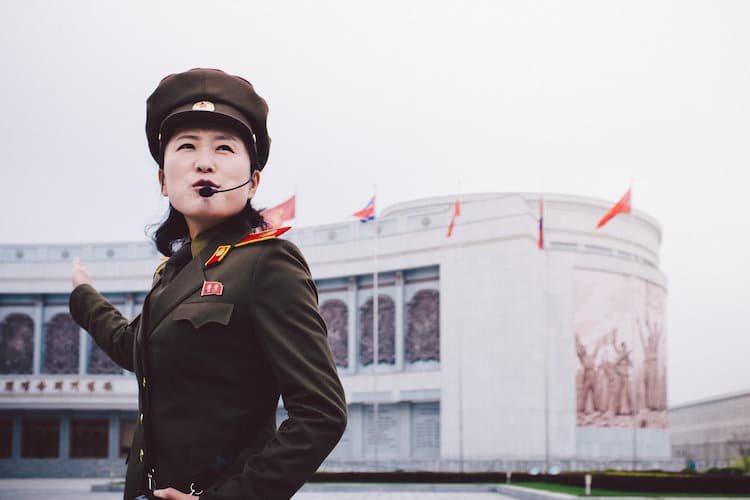
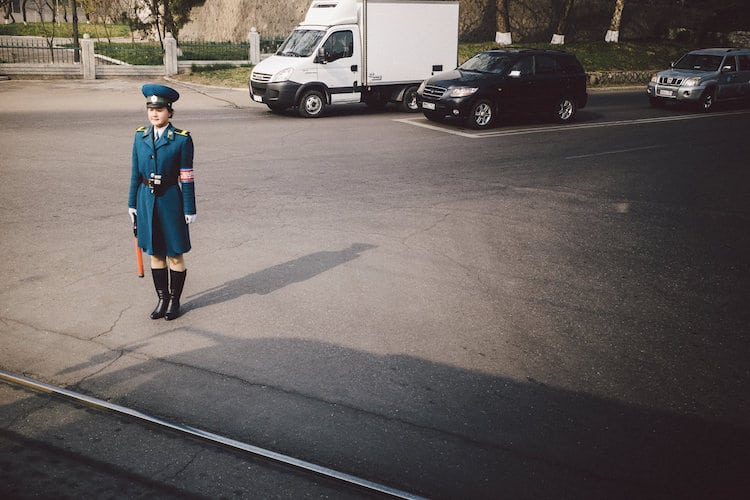 Is there anything you were told was “off limits” to photograph?
Is there anything you were told was “off limits” to photograph?
Soldiers, and, oddly, construction sites. I managed to get a few snaps of soldiers. In one instance, I tried pushing my luck by photographing a security checkpoint as we passed through on our bus. As subtle as I thought I was being, the soldier instantly knew. He stopped the bus. He pointed at me. I was removed and my camera was checked. I was incredibly fortunate to have quickly hidden the shot—which, for the record, was horrible and out of focus. If that shot had been my demise? Oh man, it really wouldn’t have been worth it.

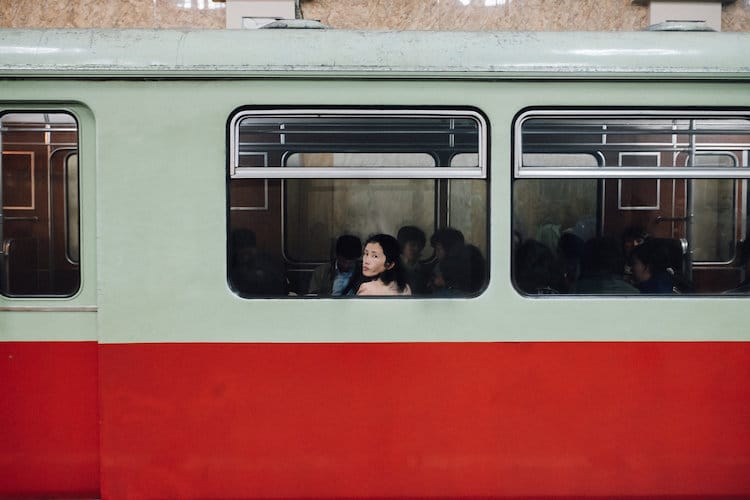 Were you able to have any interaction with locals, outside of your tour guides, that wasn’t staged?
Were you able to have any interaction with locals, outside of your tour guides, that wasn’t staged?
These kind of authentic, spontaneous interactions were near impossible. Every single North Korean we encountered appeared to be working directly with, or approved by, the tourism ministry. Having said that, we did mingle with crowds on occasion. On the Pyongyang subway, there were a lot of spooked stares from the locals. That’s where I captured my photo of the woman on the train.
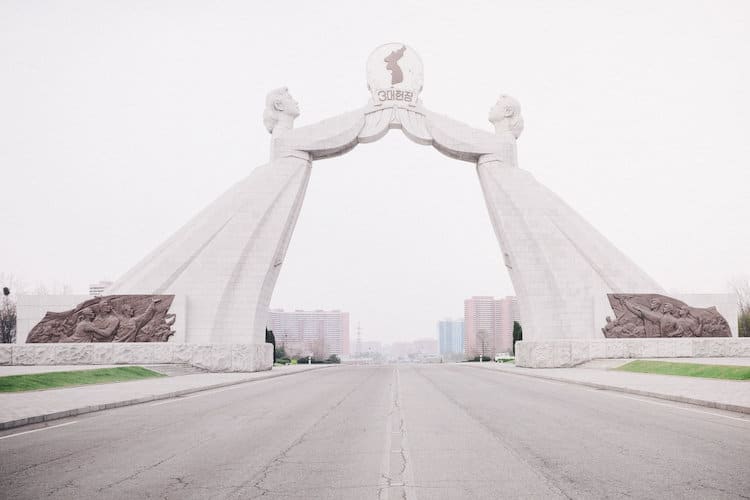
 Your images give a sense of the vast, open (yet often empty) architecture. What struck you most about the urban planning?
Your images give a sense of the vast, open (yet often empty) architecture. What struck you most about the urban planning?
The North Koreans, like many societies based on idol worship and kleptocracy, are really, really into monuments. Anything that can further solidify nationalistic pride is a win – and impressing tourists is a neat bonus, too. Each town we visited or passed had two large, bronze statues of Kim Il-sung and Kim Jong-il. We visited a statue factory in Pyongyang that manufactures them all. Turns out, they’ve also been commissioned to build statues for several African states.
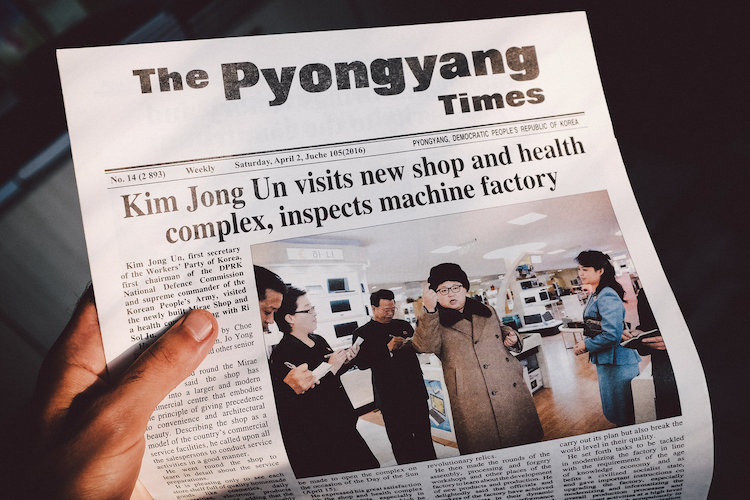
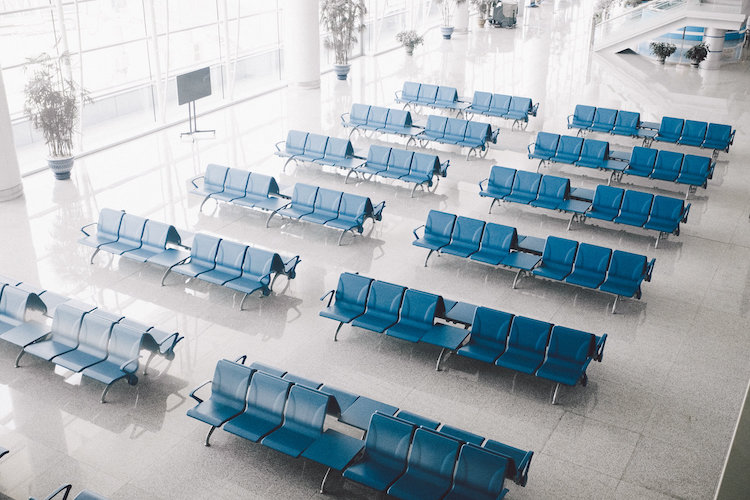
Did your visit meet your expectations or were there aspects you found surprising about the culture?
One thing that I totally forgot to consider, was how many families were torn apart when North and South split. There are people who haven’t seen their loved ones in decades.
There was one moment that really drilled this point home. A young Korean-American man was in our tour group. We visited a restaurant for a pretty average lunch. After the meal, we were treated to a karaoke performance. Our two waitresses became songstresses. One sang a very old, beautiful, lullaby-like ballad. And that Korean-American dude was mouthing along with every word—turns out, as a little boy, his mother sang it to him as he fell asleep each night.
From your perspective, what were the North Koreans most actively trying to promote to outsiders?
Governmental normalcy. That they’re “just like us!” Of course, that’s not true. But they didn’t do a bad job in their portrayals.
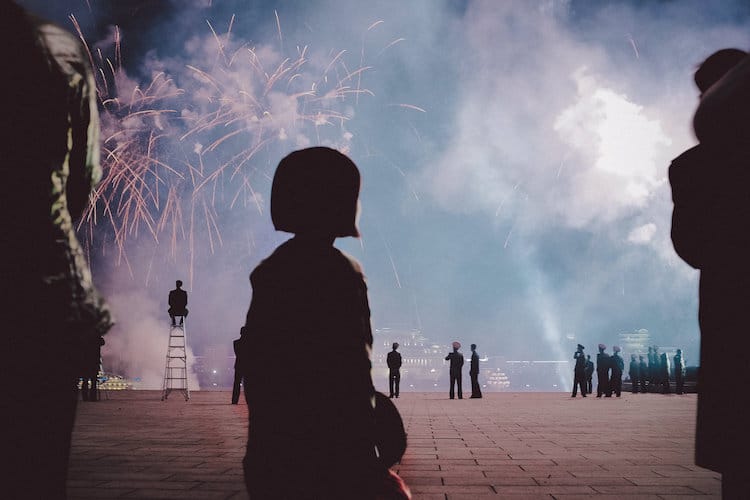
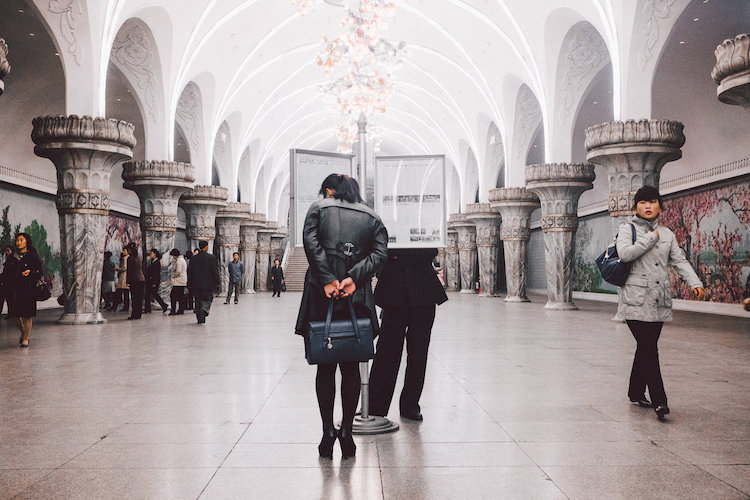
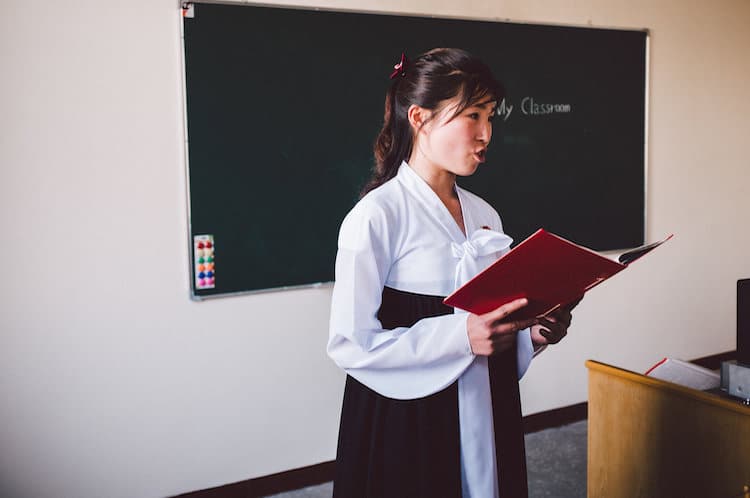
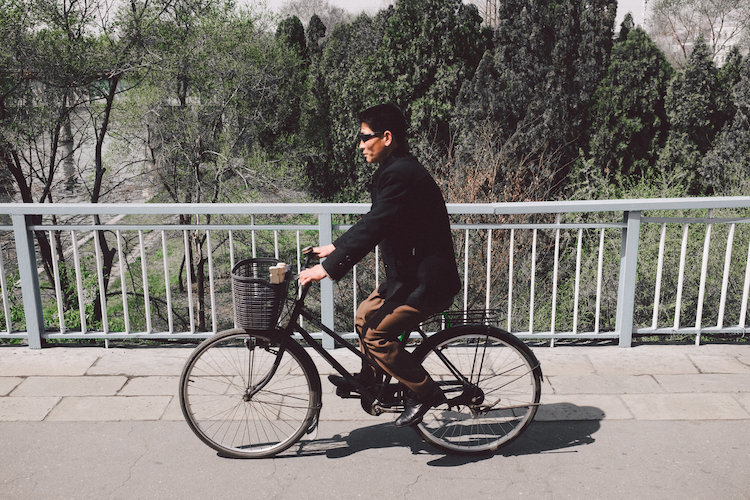
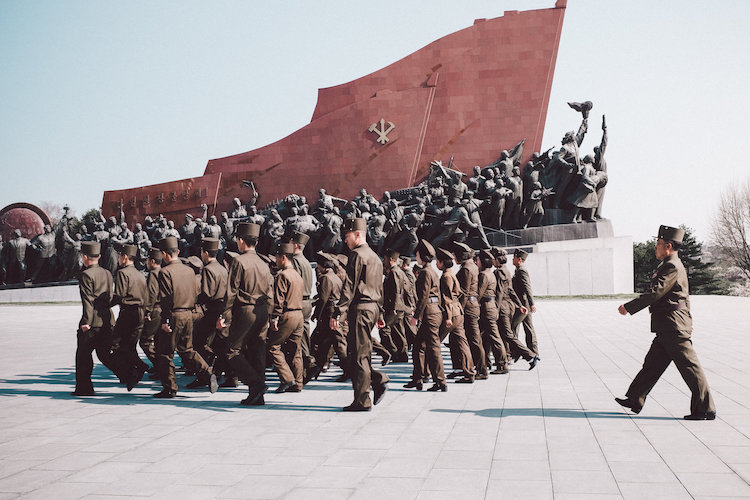
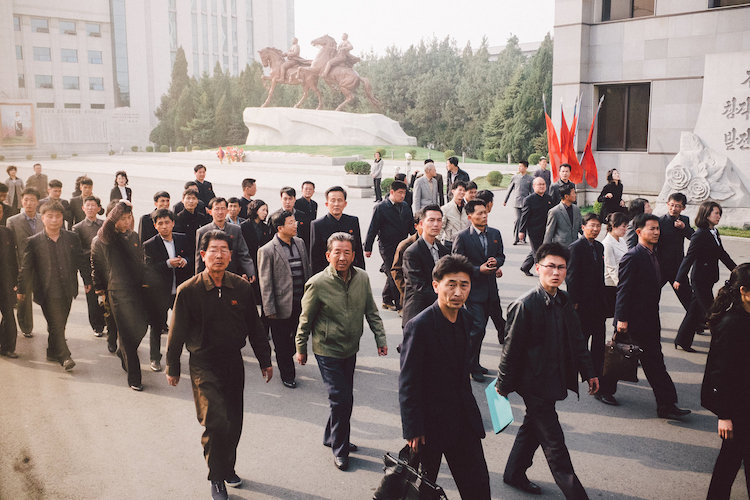
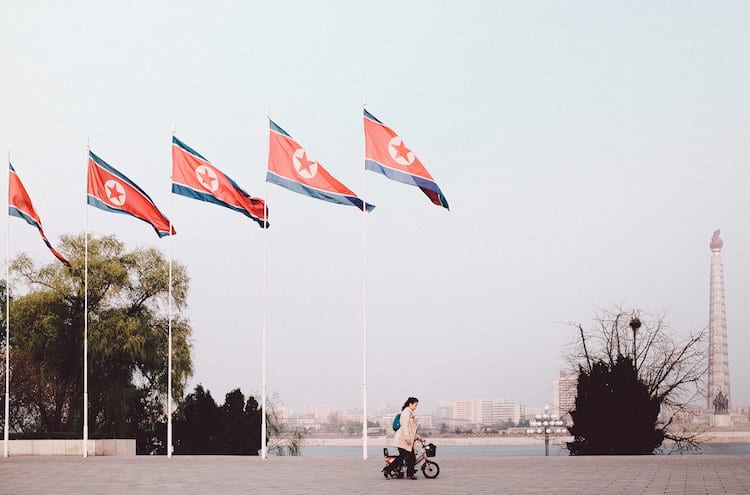
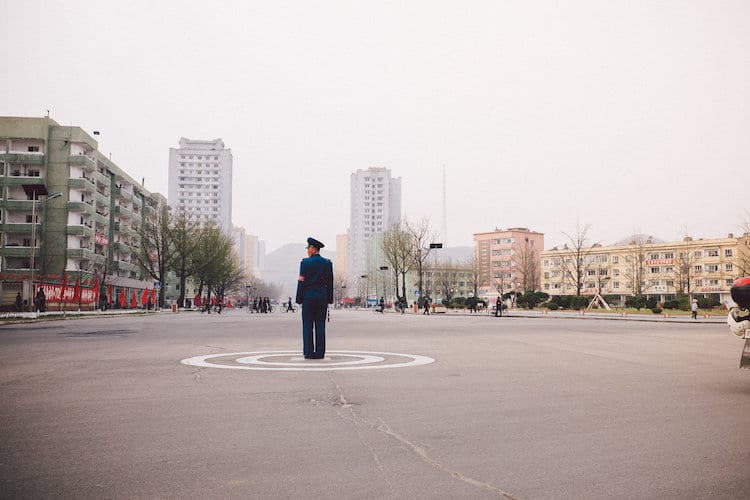

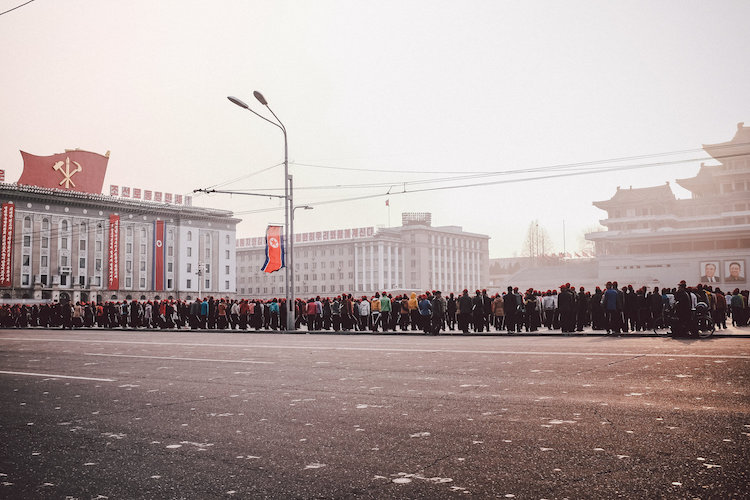

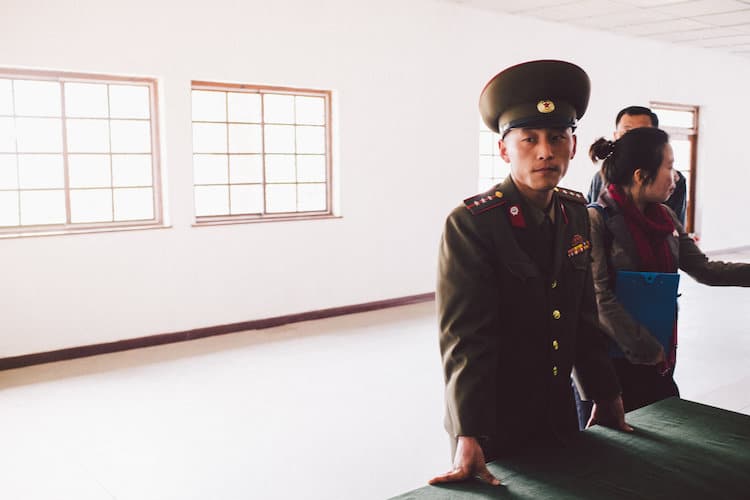
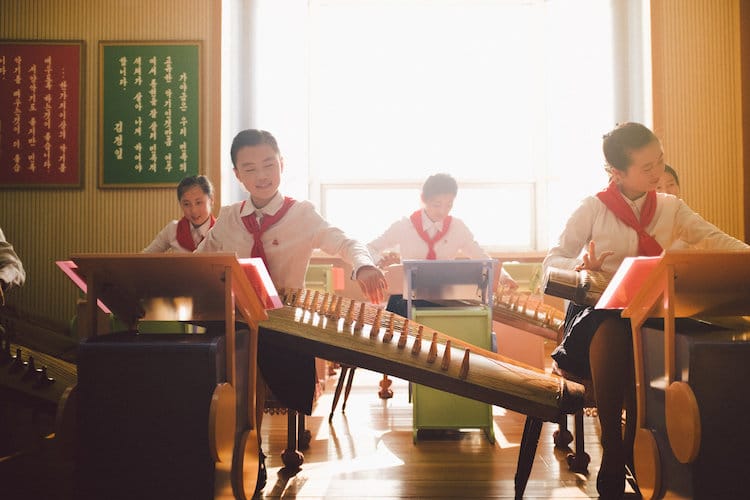
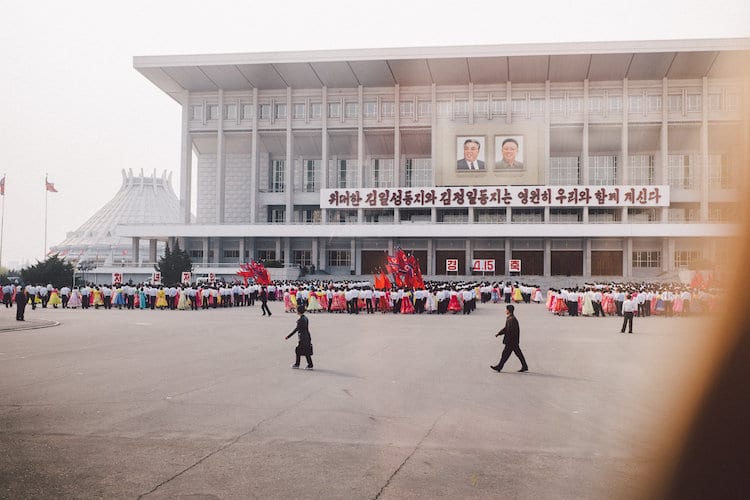
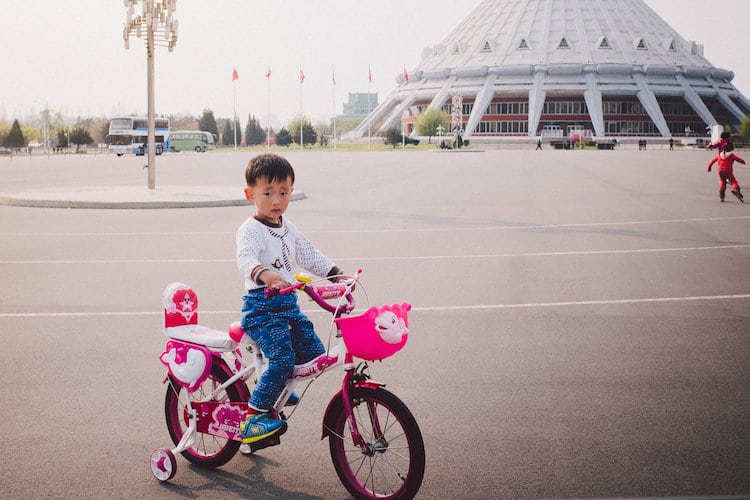

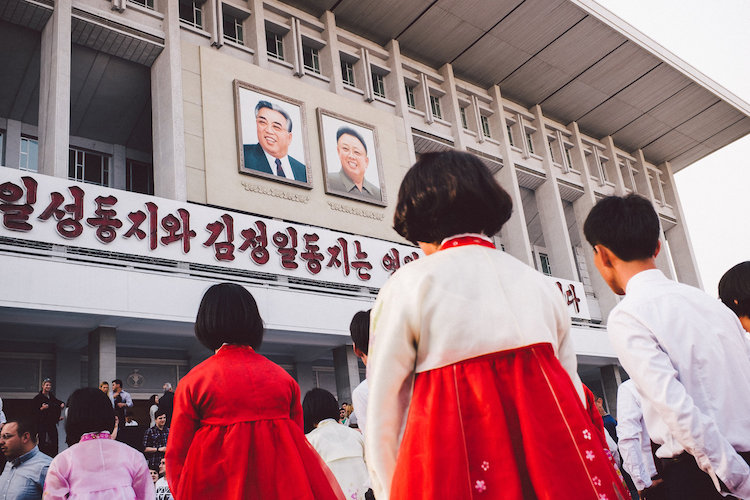 Adam Baidawi: Website | Instagram
Adam Baidawi: Website | Instagram
